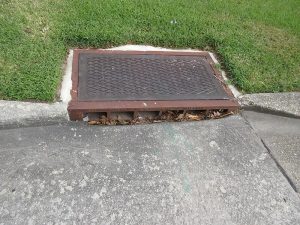If you need to prevent sewage or other liquids from draining backwards within a pipe system, a check valve or backwater valve is one of the most effective and affordable solutions on the market. Both check valves and backwater valves ensure that users avoid the adverse effects of backflow.
What is a Check Valve?
A check valve is a product that is exclusively designed to prevent the backflow of liquid in a closed system, like pipes. The type of valve is useful in many situations, including for individuals who want to avoid sewage backup from flowing back into their property.
If you want to drain a specific part of your property without worrying about outside water pressure from backflow into your pipes, a check valve is an excellent solution.
Types of Check Valves
All check valves perform the same general task (preventing the backflow of liquid), but there are a few different check valves available on the market. Popular check valve designs include swing types, lift types, dual plate types, and stop check valve types. Below, we explore each type in more detail:
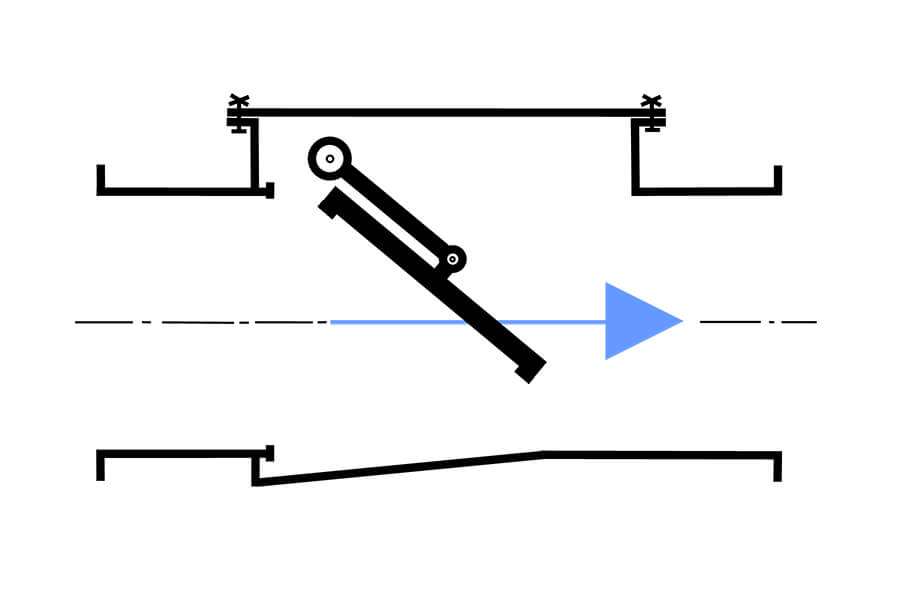
Swing Type
The swing check valve type is popular. It has a component that acts as a swing effectively. When water pressure on one side builds up, the valve opens and allows the liquid to flow freely; and when the pressure subsides, the valve closes.
A ‘seat’ on the inlet side of the valve prevents it from opening against water pressure on the opposite side. It is an extremely effective check valve method that prevents flow in both directions.
Lift Type
There are two lift check valve types: ball types and plug types.
Ball types rely on gravitational force. When water flows from the inlet, the ball rises, allowing free flow. When the pressure decreases, the ball falls into its original position and stops backflow.
A plug type mechanism is more complicated. A plug-shaped disk on top lifts when pressure underneath it rises, allowing water to flow. When the pressure stops, the plug blocks the hole and the backflow.
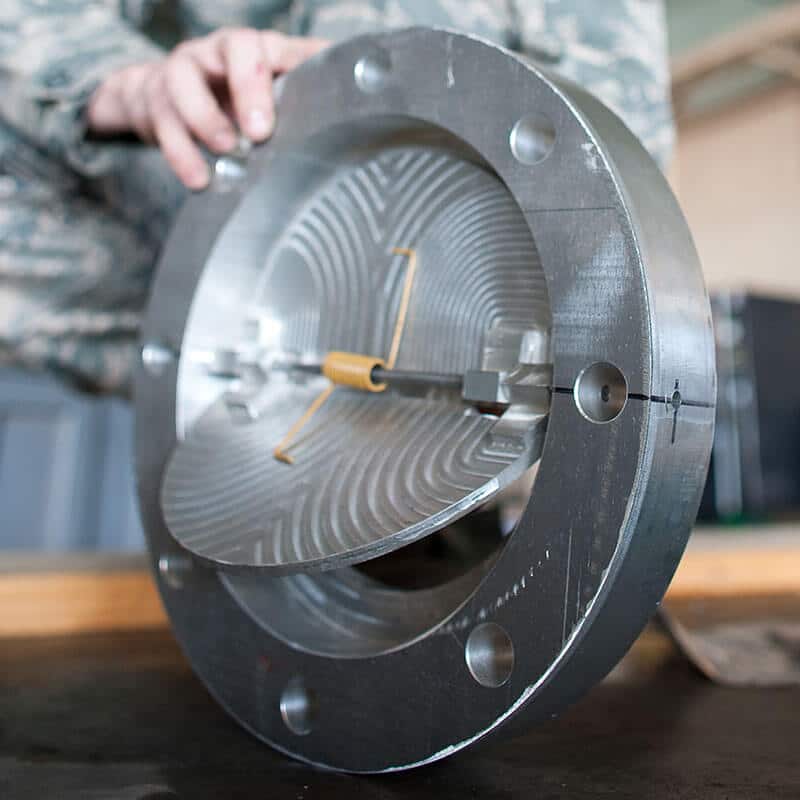
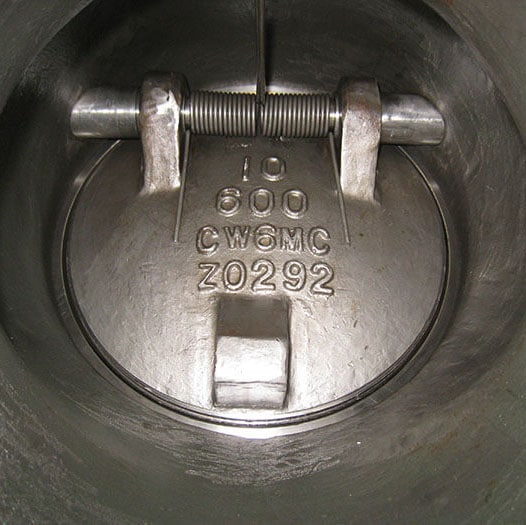
Dual Plate Type
A dual plate check valve type, also known as a dual disc type or butterfly valve, employs a unique design to prevent the backflow of liquids. When this valve is closed, the edges of the two discs rest on a raised seat on the edges of the regulator. When water pressure is applied from the water inlet portion of the valve, the two discs fold back in a smooth motion that mimics butterfly wings.
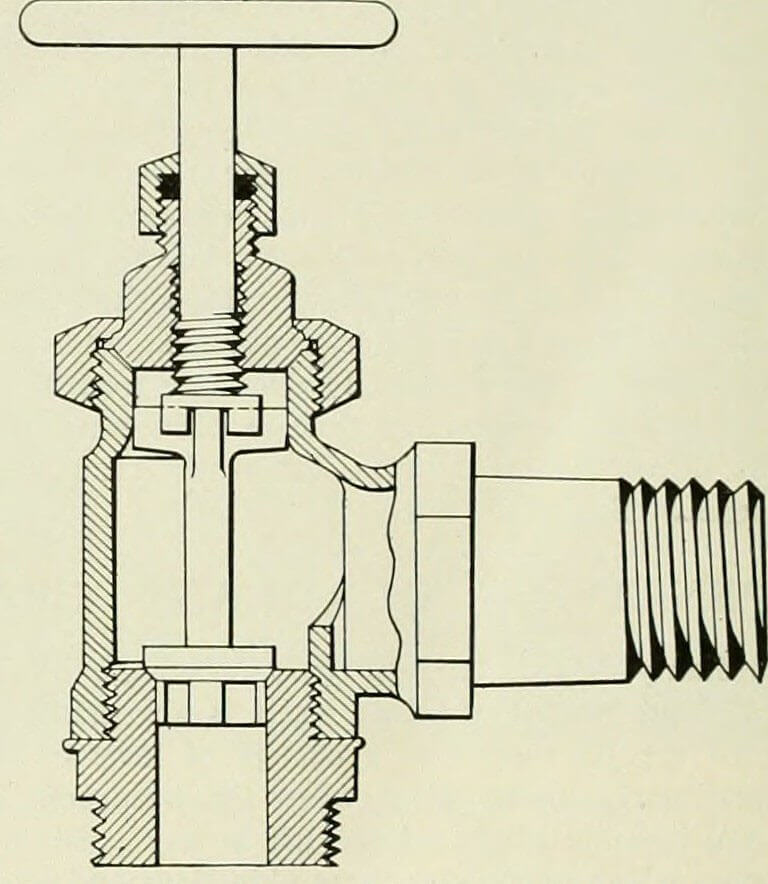
Stop Check Valve Type
A stop check valve is like the lift type valves. It uses a plug or disc that sits on top of the water inlet. When water pressure increases, the disc rises, and water flows. When water pressure from the inlet side of the pipe decreases, the plug will drop.
What is a Backwater Valve?
A backwater valve is another product specifically tasked with preventing the backflow of water or other liquids. An effective backwater valve only allows the liquid to flow in one direction. It is a popular tool for preventing the backflow of sewage water and other harmful fluids.
You might find that local authorities require a backwater valve to be installed somewhere within your property since it is a critical component of any responsibly designed drainage system. This often means that subsidy programs are available.
Types of Backwater Valves
Various types of backwater valves are popular on the market, though these differ slightly from check valves in function and form. The primary backwater valve designs include flapper types, ball floats, and automatic knife types. Below, let’s explore each of the three main designs in more detail:
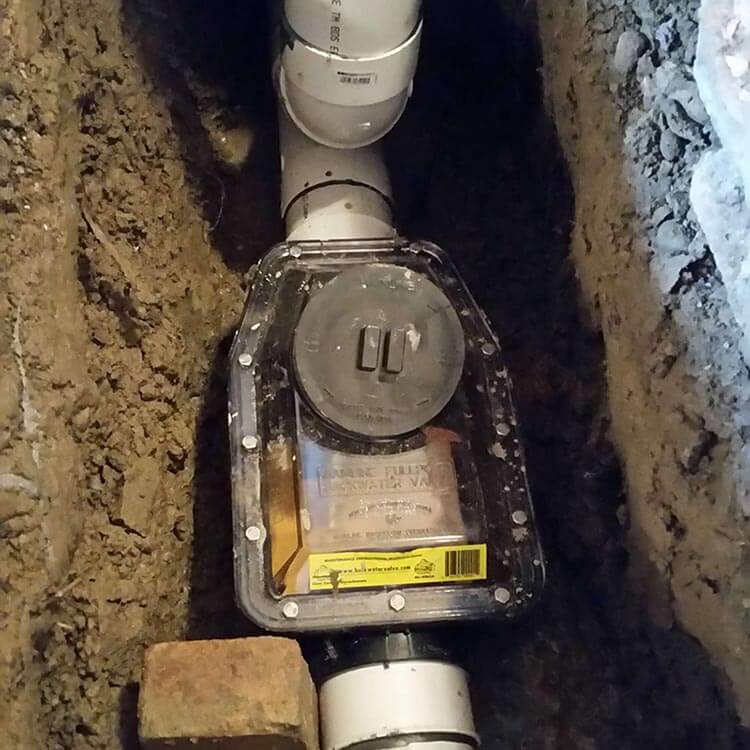
Flapper Type
A flapper type includes a hinged flap that rests on a raised seat. When water from the inlet side of the valve flows, the flapper automatically opens, and the liquid passes through it. Once the pressure on the inlet side abates, the flap shuts.
If you want to ensure the flapper valve is working correctly, a transparent viewing material can help you inspect the valve without taking it apart. It is a standard option.
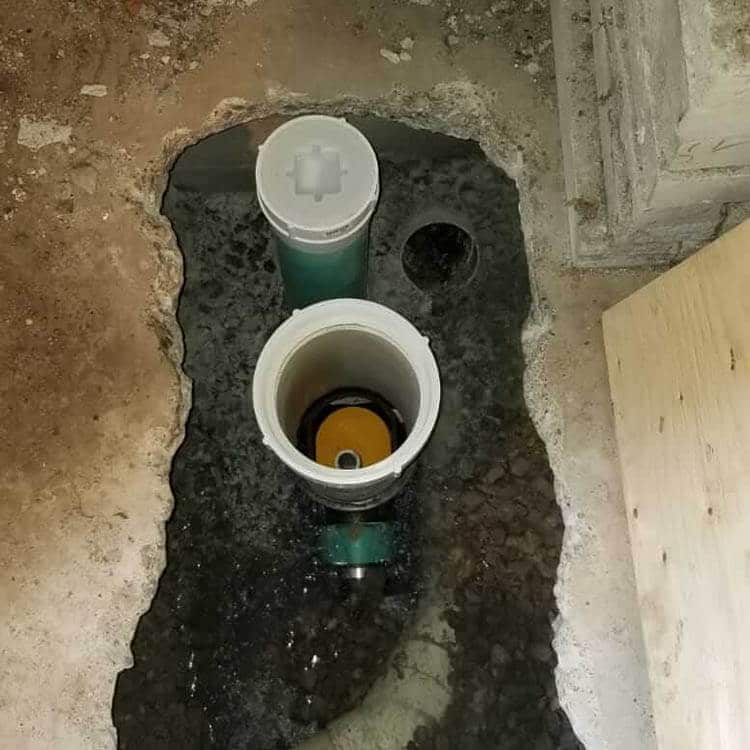
Ball Float
A ball float is a backwater valve that uses weight to close. Within the valve is a gate held down by an attached weight.
When water pressure increases from the inlet side of the valve, it applies enough pressure to the entrance to counteract the weight. When pressure lowers, the weight closes the gate shut.
A ball float is an extremely common form of a backwater valve. It’s popular in both new and current-use projects.
Automatic Knife
The last common backwater valve type is an automatic knife mechanism, which uses air pressure to prevent backflow. Aptly named, the automatic knife type includes a gate that looks like a knife, which is automatically controlled by an adjacent pressure chamber.
It allows the water to flow from the inlet valve, but the resulting air pressure from the opposite end of the regulator then raises the “knife gate” to prevent backwater from entering the pipe.
How They Differ: Check Valve vs Backwater Valve
The two valves are similar mechanisms with slightly different approaches to preventing backflow. A check valve is usually used to prevent liquids from contaminating a clean water supply, for example. A backwater valve is often intended to protect your sewage line, though.
Both valve types are similar in form and function. Check valves and backwater valves are tasked with preventing water from flowing in a specific direction. They employ a range of designs to ensure that liquids only flow one way.
There is another type of swing type valve named a tilting disk valve, for example. It allows for more secure water flow when less pressure is applied. It also doesn’t sacrifice protection against backflow.
Many different designs mean there are only small variations between sub-types of each valve. Speaking with a plumber is an excellent way to decide which one is best suited to your needs.

Call us for Residential and Commercial Check Valve or Backwater Valve Assessments
If you need a check valve service or backwater valve installation, we work with local clients to professionally implement backwater prevention systems. We also troubleshoot problems with current backwater valves and check valves quickly and efficiently.
Contact MTDrains & Plumbing today for a professional assessment.





